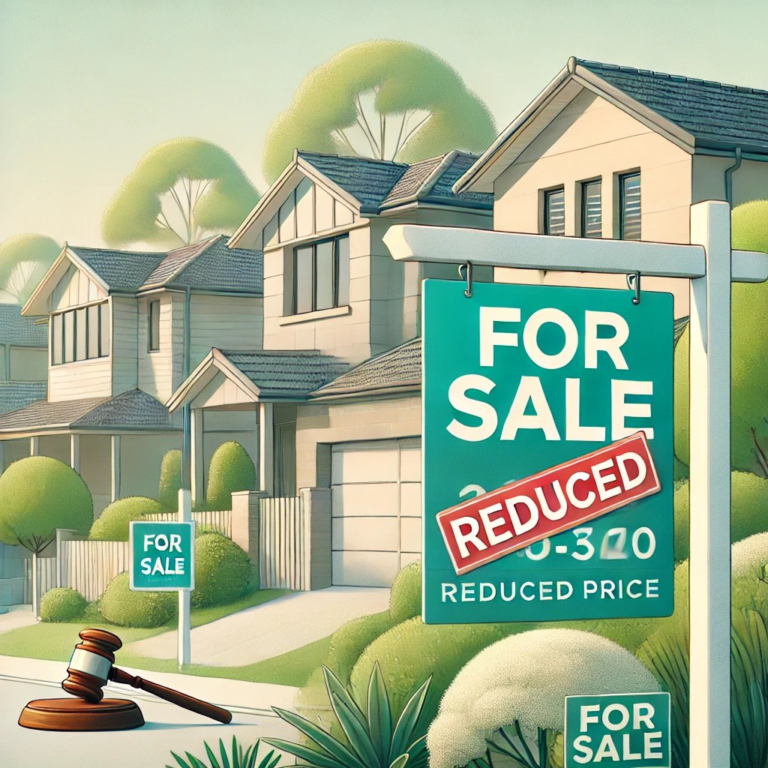Australia’s housing affordability crisis has worsened over the past five years, but experts believe it could have been much worse if the Reserve Bank hadn’t intervened. The steep interest rate hikes that began in 2022 curbed what could have been a runaway housing market. Without the hikes, the median house price could have surged to as high as $1.4 million, up from today’s $1 million. These rate increases, while painful for buyers, have helped prevent an unsustainable housing market explosion.
Experts warn that unaffordability is accelerating. Over the past five years, housing affordability dropped by 15%, driven by the pandemic-era housing boom and supply shortages. Had rates not been raised, affordability could have declined even further.
While rate hikes are slowing price growth, the core issue of housing undersupply remains. Australia has not built enough homes to match population growth over the past two decades. As interest rates put pressure on the construction industry, addressing this shortage will require innovative solutions, including more public, social, and affordable housing development.
Rental Market Sees a Glimmer of Relief
There is finally some relief for renters in Australia, as July saw the largest monthly drop in asking rents since the onset of COVID-19. Capital cities recorded an average rent drop of 0.5%, with Sydney leading the way, showing a 1% decline. This dip in rents may signal the end of extreme rent increases seen over the last two years.
Despite this welcome news, the rental market remains strained, with rents still at historically high levels. While this reduction provides some hope for tenants, the rental crisis is far from over, especially in inner city and coastal areas where vacancy rates remain higher.
Outer Suburbs Show a Surge in Listings
Mortgage stress is beginning to push more homeowners in outer suburbs to sell their properties. Suburbs like Sunbury in Melbourne and Rouse Hill in Sydney have seen listing increases of up to 90% compared to the five-year average. Rising interest rates are putting pressure on homeowners, particularly those in outer suburban areas with high levels of mortgage debt.
However, these increased listings also provide opportunities for buyers, as more stock in the market shifts the advantage towards purchasers, allowing them to negotiate better prices.
Construction Costs Ease but Remain High
Construction costs have slowed from their peak of 20% annual growth during the pandemic but continue to rise modestly. Builders are competing fiercely for clients as the number of projects has decreased due to high interest rates. The industry faces ongoing challenges, including labour shortages, which continue to drive up costs. Even though material prices have stabilized, finding skilled workers remains a major obstacle.
This newsletter highlights the ongoing complexities of Australia’s real estate market, with affordability pressures, a gradually cooling rental market, and challenges in the construction industry. As the market evolves, it remains crucial for buyers, sellers, and investors to stay informed and strategically navigate these shifts.
Real Estate Newsletter
This article is a curated summary of various news stories from the past week, offering insights and updates on the real estate market. 17 August 2024




